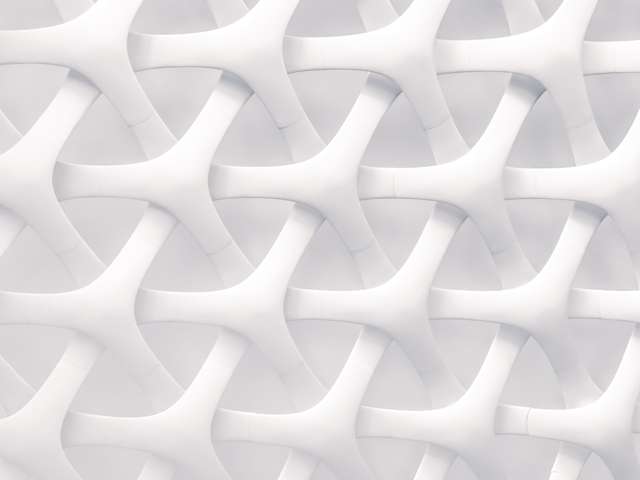
The color of plastics plays a critical role in both aesthetic appeal and practical functionality. Image Source: Pexels user Pixabay
Plastics have changed the course of human history. From cars, to film, to electrification, plastics have been essential to the development of revolutionary products and have shaped the way we live, work, and play.1 Renowned for their durability, longevity, and versatility, plastics are now integrated into a virtually endless number of industrial and consumer goods.
Part of what makes plastics so attractive has been their ability to take on a broad spectrum of hues. Indeed, the color of plastics is vital to ensuring both aesthetic appeal and practical functionality.2 As such, color accuracy and consistency are among the most important aspects of plastic manufacturing, and spectrophotometers must therefore play a central role in the production process. However, just as plastics themselves have advanced over the years, so too have spectrophotometric technologies. While spectrophotometric color measurement of plastics was once only possible via period manual sampling, on-line instruments are now revolutionizing how color is monitored within the production line. The benefits of on-line spectrophotometers include not only a higher level of quality control, but also improved efficiency of manufacturing and reduced production costs.
Of course, not all on-line spectrophotometers are created equal. HunterLab’s SpectraTrend HT represents the most advanced on-line instrumentation available, offering unmatched versatility and performance in a user-friendly design. By combining continuous, non-contact color assessment with integrated height measurement, the SpectraTrend HT allows you to capture reliable color data from even non-uniform and textured samples without manual sample prep. As such, this innovative spectrophotometer provides solutions to a number of important color challenges faced by the plastics industry, paving the way for better color quality control and enhanced manufacturing practices.

Maintaining color consistency within and between batches is essential to producing the highest quality products. Image Source: Unsplash user Iker Urteaga



